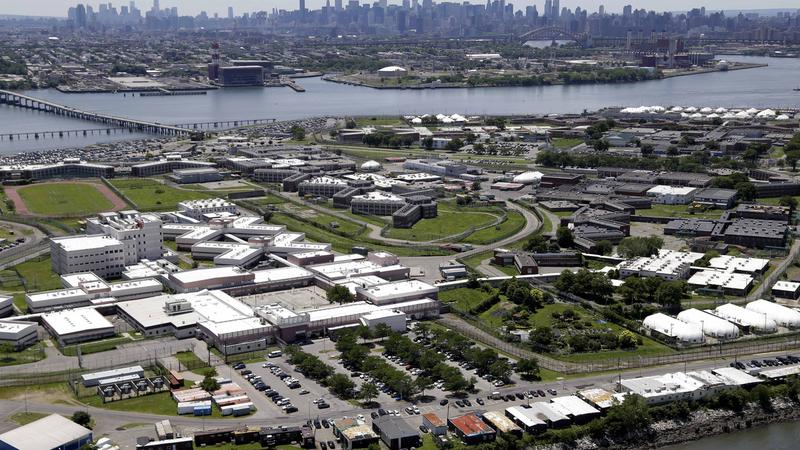By Trey Bundy and Daffodil Altan

Rikers Island in New York, the second-largest jail in the U.S., is eliminating solitary confinement for 16- and 17-year-old inmates.
For years, New York City’s Department of Correction has worked to conceal its practice of putting adolescent inmates in solitary confinement. But this week, the agency announced plans to eliminate such confinement for 16- and 17-year-old inmates.
The swift action indicates that juvenile solitary confinement has become a human rights issue that officials nationwide can no longer ignore.
The changes come after several months of media scrutiny and a critical U.S. Department of Justice investigation calling on the agency to revamp its treatment of adolescents. The Center for Investigative Reporting was the first to report on the issue earlier this year. Here are some key things to understand about juvenile solitary confinement in the U.S. and the efforts to reform it.
Most youth detention facilities in the United States use some form of prolonged isolation for teens.
Solitary confinement often is the default intervention used for teenagers in lieu of adequate staff training and supervision and mental health services for inmates.
While correction officers say solitary confinement is needed to control violent young inmates, our reporting found that teens are routinely sent for minor infractions. At Rikers Island, guards are permitted to isolate inmates for days or weeks for talking back, horseplay and possession of “unauthorized amounts” of clothing or art supplies.
We know little about how many young inmates get placed in solitary, why and for how long.
This is what Juan Méndez, the United Nations’ special rapporteur on torture, called “a chaos of information.” Juvenile solitary confinement is torture, he said, and no one knows how common it is.
Because most U.S. facilities are not required to track or report their use of isolation for juveniles, the practice has flourished in the shadows. And because no federal laws prohibit isolating teenagers indefinitely for 23 hours a day, young inmates can spend months alone in their cells without anyone outside their facilities noticing.
Many facilities suppress information and close their doors to scrutiny.
New York City Councilman Daniel Dromm sponsored a recently passed bill requiring corrections officials to report detailed data about who is held in solitary, why and for how long, after officials refused to provide him with data he requested. His legislation could be a model for other jurisdictions seeking the access and information required to understand what is happening to teenagers in local facilities.
Read full article here.
